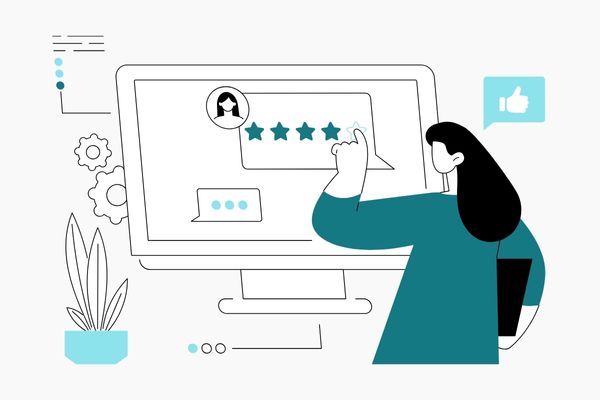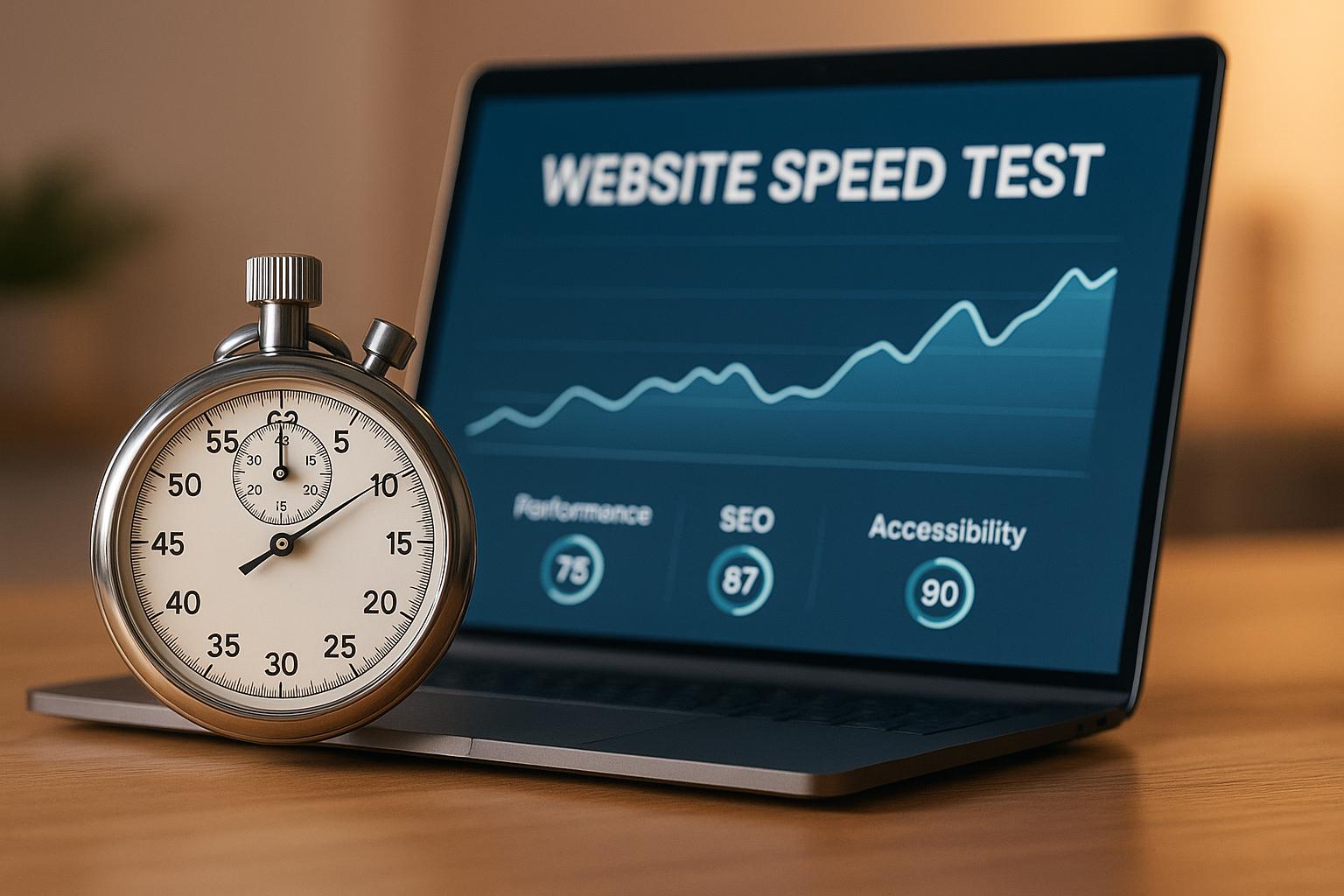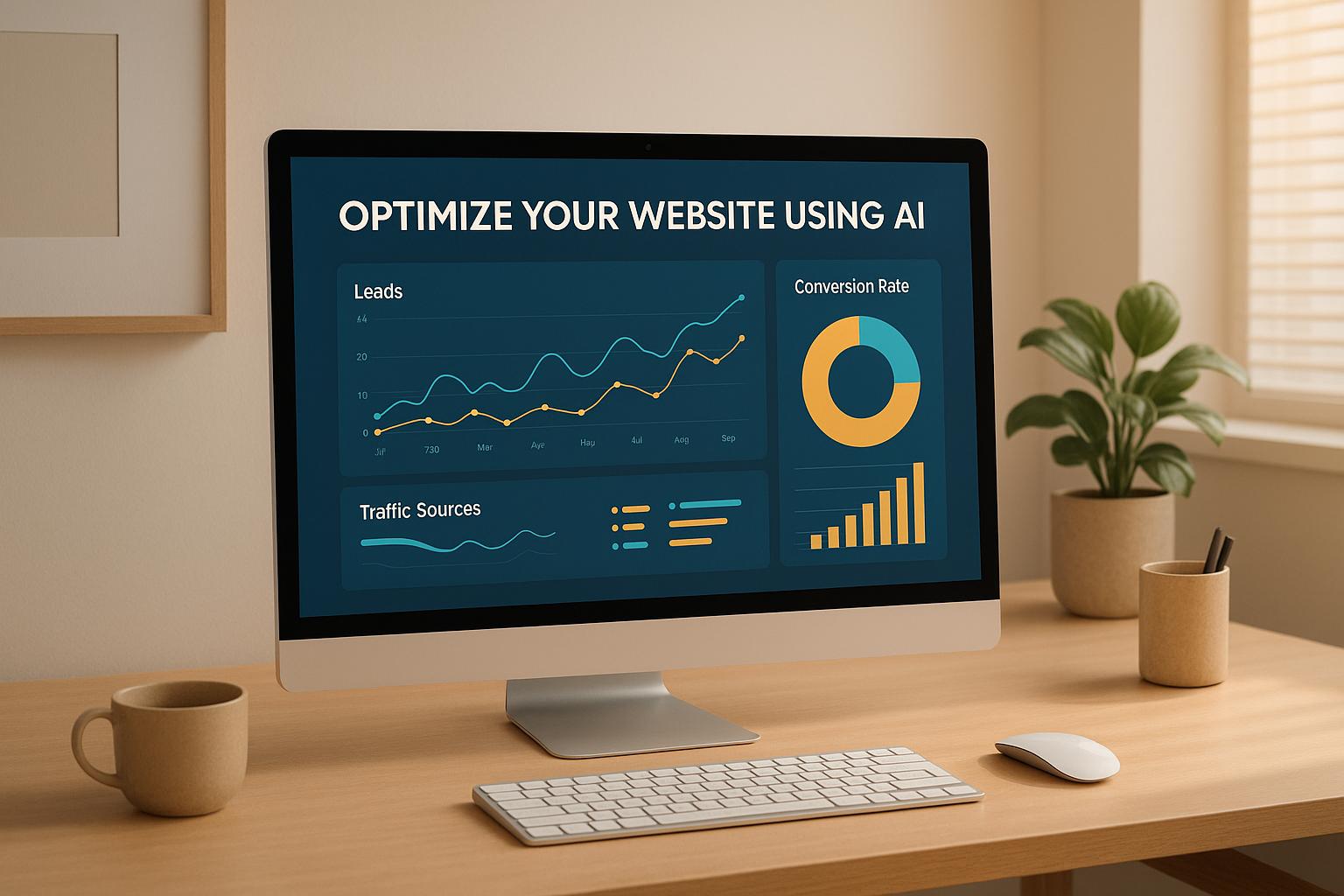

UX Testing Methods: Unlocking Better User Experiences

UX Testing Methods: Unlocking Better User Experiences
 25-01-2025 (Last modified: 21-05-2025)
25-01-2025 (Last modified: 21-05-2025)
Introduction
Creating a user-friendly product is no easy task, but with the right UX testing methods, you can ensure your designs are not only functional but also intuitive and delightful for your users. In this guide, we’ll explore various UX testing methods, their purposes, and how to leverage them for better user experiences. By the end, you’ll have a clear understanding of the best techniques to incorporate into your design process.
What Are UX Testing Methods?
UX testing methods are techniques used to evaluate a product’s usability, functionality, and overall user experience. These methods help designers and developers understand user behavior, identify pain points, and uncover opportunities for improvement. The goal? To create a seamless experience that meets user needs and expectations.
Why Is UX Testing Important?
UX testing is a critical step in the design process for several reasons:
- Enhances Usability: Testing ensures that users can easily navigate and interact with your product.
- Improves Satisfaction: A well-tested product leads to happier, more loyal customers.
- Reduces Costs: Identifying and fixing issues early saves time and money down the line.
- Boosts Conversions: Optimized user experiences lead to higher engagement and conversion rates.
Common UX Testing Methods
Let’s dive into the most popular UX testing methods and how they can be applied to your projects.
1. Usability Testing
What It Is: Participants are asked to complete specific tasks while researchers observe and analyze their behavior.
Purpose: To identify usability issues and evaluate how intuitive a product is.
Benefits:
- Provides real-world insights.
- Highlights user pain points.
Best For: Early-stage prototypes and final product testing.
Example: Testing a new app’s sign-up process to ensure users can complete it without confusion.

2. A/B Testing
What It Is: Two versions of a webpage or app feature are shown to different user groups to determine which performs better.
Purpose: To optimize specific design elements, such as CTAs or headlines.
Benefits:
- Data-driven decision-making.
- Identifies high-performing variations.
Best For: High-traffic pages or apps where small changes can significantly impact conversions.
Example: Testing two button colors to see which drives more clicks. Learn more in our guide on A/B testing examples.
3. Remote Usability Testing
What It Is: Usability testing conducted with participants in different locations, often using screen-sharing or specialized tools.
Purpose: To gather insights from a diverse audience.
Benefits:
- Cost-effective.
- Access to users in multiple regions.
Best For: Products with a global audience or limited testing budgets.
Example: Testing an e-commerce website’s navigation with users across different countries.

4. Card Sorting
What It Is: Participants organize and categorize information into groups that make sense to them.
Purpose: To improve information architecture and navigation.
Benefits:
- Helps create intuitive menus and layouts.
- Provides direct user input.
Best For: Designing or restructuring websites and apps.
Example: Testing how users would organize blog categories on a news website.
5. Heatmaps
What It Is: Visual representations of user interactions, such as clicks, scrolls, and mouse movements.
Purpose: To identify which areas of a page attract the most attention.
Benefits:
- Highlights engagement hotspots.
- Pinpoints underperforming elements.
Best For: Websites and landing pages.
Example: Analyzing which sections of a homepage users interact with most.
6. First-Click Testing
What It Is: Measures where users click first when attempting to complete a task.
Purpose: To evaluate navigation and layout effectiveness.
Benefits:
- Identifies navigation issues early.
- Highlights user expectations.
Best For: Prototypes and early-stage designs.
Example: Testing whether users click the correct link to access pricing information.
7. Surveys and Feedback Forms
What It Is: Collecting user opinions and experiences through structured questionnaires.
Purpose: To gather qualitative data on user satisfaction and pain points.
Benefits:
- Easy to implement.
- Provides direct user feedback.
Best For: Post-launch evaluations and continuous improvement.
Example: Asking users how satisfied they are with a new feature.

8. Accessibility Testing
What It Is: Ensures a product is usable by people with disabilities, often using assistive technologies like screen readers.
Purpose: To improve inclusivity and meet accessibility standards.
Benefits:
- Increases audience reach.
- Enhances compliance with regulations (e.g., WCAG).
Best For: Any product aimed at a broad audience.
Example: Verifying that all images have descriptive alt text and can be navigated via keyboard.
Choosing the Right UX Testing Methods
With so many UX testing methods available, how do you decide which to use? Here are some tips:
- Define Your Goals:
- Want to improve usability? Try usability testing or first-click testing.
- Need to optimize specific elements? Go for A/B testing or heatmaps.
- Consider Your Budget:
- Surveys and feedback forms are cost-effective.
- Heatmaps and remote testing may require specialized tools.
- Know Your Audience:
- Remote usability testing is great for diverse audiences.
- Accessibility testing ensures inclusivity.
- Combine Methods:
- Use multiple methods for comprehensive insights (e.g., combine heatmaps with surveys).
Best Practices for UX Testing
- Test Early and Often: Catch issues early in the design process to save time and money.
- Prioritize High-Impact Areas: Focus on key elements like navigation, CTAs, and critical user flows.
- Use Reliable Tools: Platforms like Hotjar, PageTest.ai, and Optimal Workshop simplify UX testing.
- Involve Real Users: Always test with your target audience for accurate insights.
- Document Findings: Record your results to inform future design decisions.
Tools for UX Testing
Here are some popular tools to help you implement various UX testing methods:
- Hotjar: Heatmaps, surveys, and session recordings.
- PageTest.ai: A/B and multivariate testing for optimization.
- Optimal Workshop: Card sorting and tree testing.
- UsabilityHub: Remote usability and first-click testing.
- Crazy Egg: Heatmaps and user behavior analytics.
Final Thoughts: The Importance of UX Testing
UX testing methods are essential for creating products that users love. By exploring and applying different techniques, you can uncover valuable insights, fix usability issues, and design experiences that truly resonate with your audience.
Whether you’re optimizing a navigation menu with card sorting or refining visuals with heatmaps, each method brings unique benefits to the table. Remember, the key to great UX is testing often, testing thoroughly, and letting data guide your decisions.
So, which UX testing methods will you try next? Start experimenting and watch your user satisfaction soar!
Q&A: UX Testing Methods
What are UX testing methods?
They’re techniques used to evaluate how real users interact with a product to improve usability and satisfaction.
Which UX test helps optimize navigation?
Card sorting and first-click testing are great for improving menus and layout clarity.
What’s the benefit of heatmaps in UX testing?
Heatmaps show where users click, scroll, or hover—highlighting what grabs attention and what’s ignored.
How can I collect user feedback easily?
Use surveys or feedback forms to get direct insights into user satisfaction and pain points.
What tool is good for A/B testing in UX?
PageTest.ai offers easy A/B and multivariate testing with actionable insights.
say hello to easy Content Testing
try PageTest.AI tool for free
Start making the most of your websites traffic and optimize your content and CTAs.
Related Posts

 02-12-2025
02-12-2025
 Ian Naylor
Ian Naylor
Website Speed Test for Instant Insights
Test your website speed with our free tool! Enter a URL to get instant insights on load time, TTFB, and more. Optimize your site today!

 01-12-2025
01-12-2025
 Ian Naylor
Ian Naylor
How to Optimize Your Website for More Leads Using AI
Learn how to optimize your website for more leads using AI. Discover actionable tips for better conversions and trust-building strategies.

 01-12-2025
01-12-2025
 Ian Naylor
Ian Naylor
How to Optimize Your Content for SGE and GEO
Discover strategies to optimize your content for traditional SEO, Google’s SGE, and GEO to stay ahead in AI-driven search engines.
